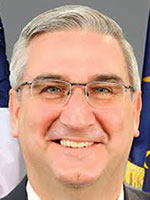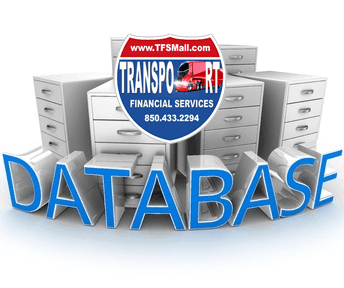Check out the lastest podcasts from DAT and Freightvine. A GREAT way to keep up to day while on the road…just listen in!
MARSHALL, Va. — Federal environmental regulators on Jan. 6 announced a call for public input to assist with the development of new guidance for emissions standards targeting commercial vehicles.
At a livestock exchange in the western part of Virginia, U.S. Environmental Protection Agency Administrator Andrew Wheeler explained the Cleaner Trucks Initiative aims to reduce oxides of nitrogen, or NOx, emissions and streamline regulations.
“The U.S. has made major reductions in NOx emissions, but through this initiative we will continue to reduce emissions, while spurring innovative new technologies, ensuring heavy-duty trucks are clean and remain a competitive method of transportation,” Wheeler said.
In its advance notice of proposed rulemaking unveiled Jan. 6, the agency explained the initiative is a “holistic rethinking of emission standards and compliance.” The public comment period will last 30 days after the notice is published in the Federal Register.
The input the agency receives would assist in shaping guidance to reduce in-use emissions under broad operating conditions. Additionally, the rule would be designed to enable effective technological solutions while considering cost impacts. It also would seek to promote fair and effective compliance and enforcement provisions, incentivize early compliance and innovation, ensure a coordinated nationwide program, and engage with stakeholders, the agency indicated.
EPA intends to unveil proposed guidance this year based on the feedback it receives, followed by a final rule possibly as early as 2021, the administrator indicated.
The Trump administration had announced in 2018 it would tackle this issue. EPA informed that a revision of NOx standards for on-highway heavy-duty trucks and engines occurred in 2001. According to estimates the agency provided, heavy-duty vehicles remain among the largest contributors to NOx emissions despite reductions of about 40% for such emissions between 2007 to 2017.
Epa by Transport Topics on Scribd
Several stakeholders who joined Wheeler at the announcement of the advance notice of proposed rulemaking applauded the agency’s move.
“ATA is committed to continuing to work closely with EPA on developing the next generation of low-NOx emitting trucks through the Cleaner Trucks Initiative,” American Trucking Associations Executive Vice President of Advocacy Bill Sullivan said. “To this end, the trucking industry seeks one national, harmonized NOx emissions standard that will result in positive environmental progress while not compromising truck performance and delivery of the nation’s goods.”
“EPA’s announcement on the Cleaner Trucks Initiative is a productive step toward updating standards for on-highway heavy-duty trucks and engines to reduce emissions of nitrogen oxides and particulate matter,” Association of Air Pollution Control Agencies Executive Director Jason Sloan said.


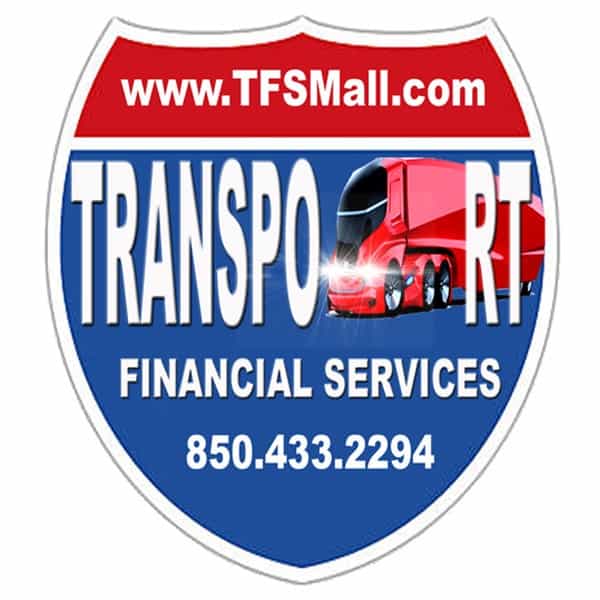
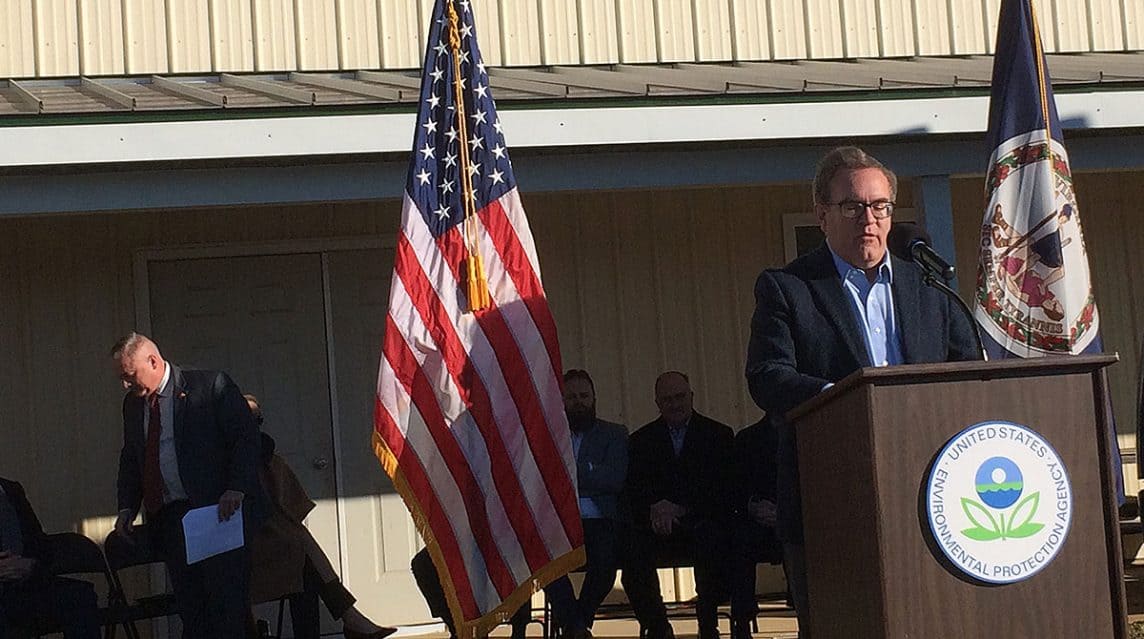

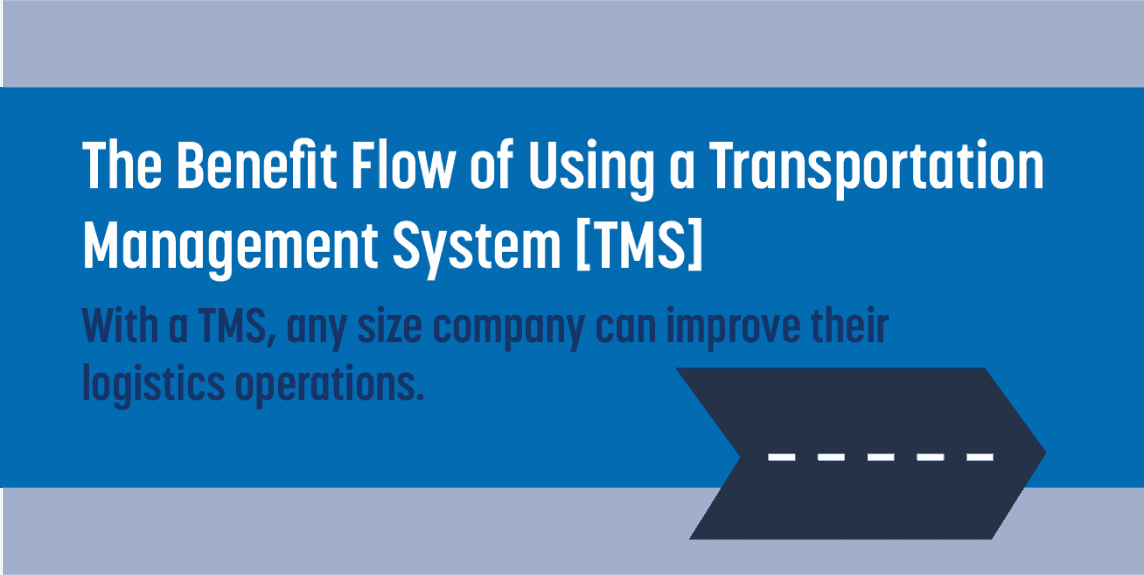
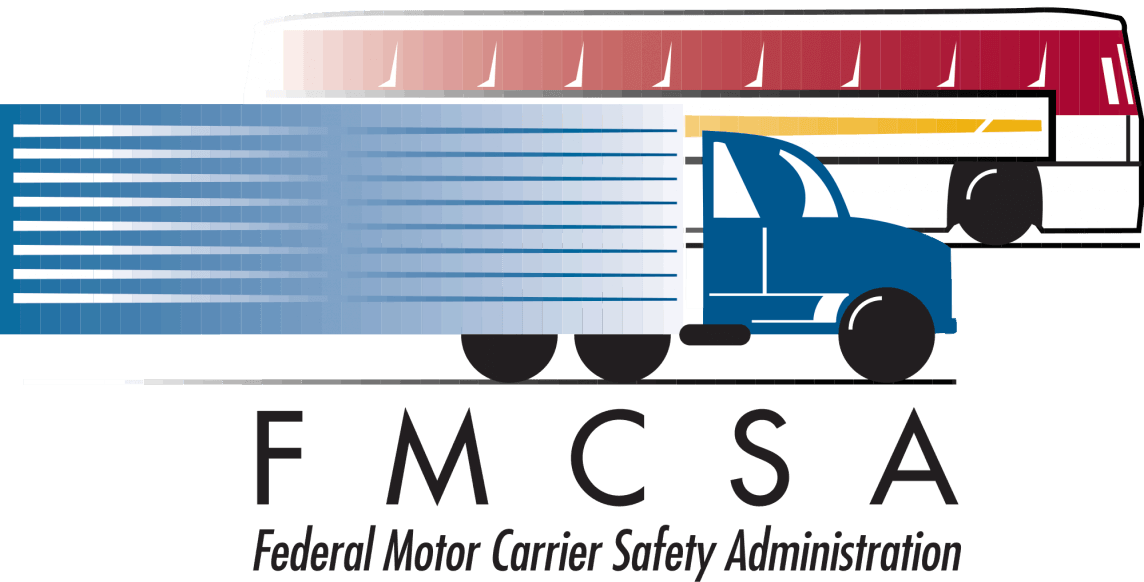
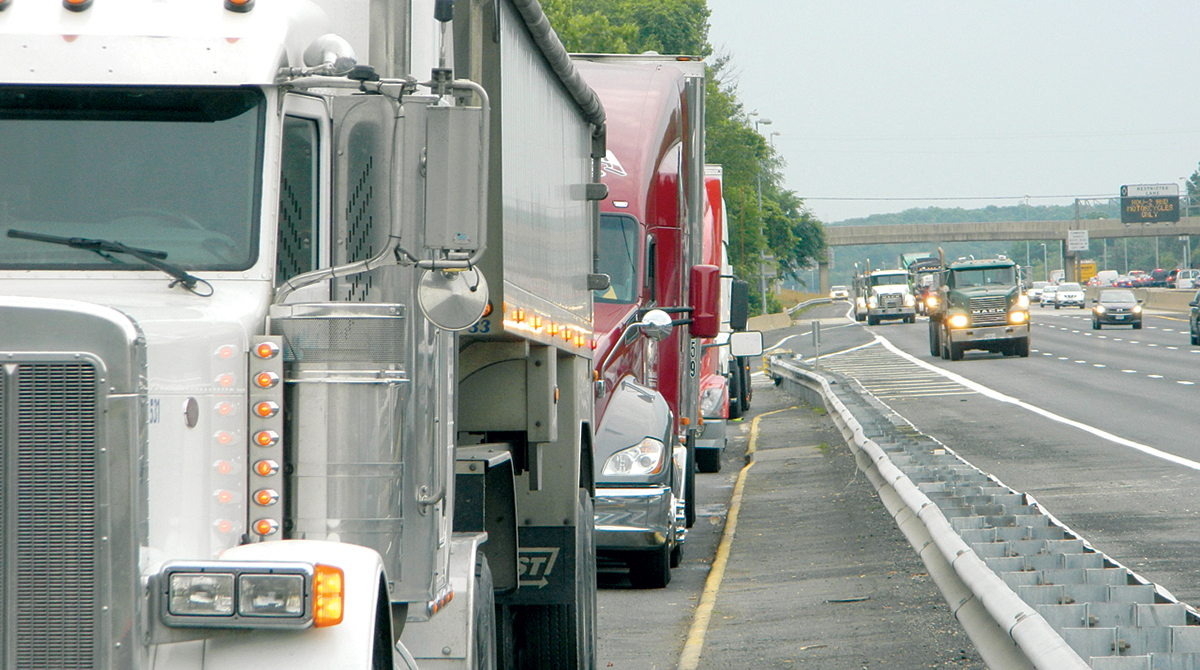 illustrate the challenge of finding solutions that address the concerns of the trucking industry’s different segments.
illustrate the challenge of finding solutions that address the concerns of the trucking industry’s different segments.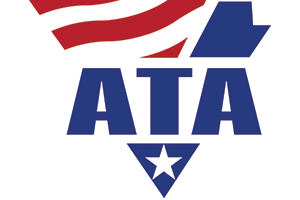
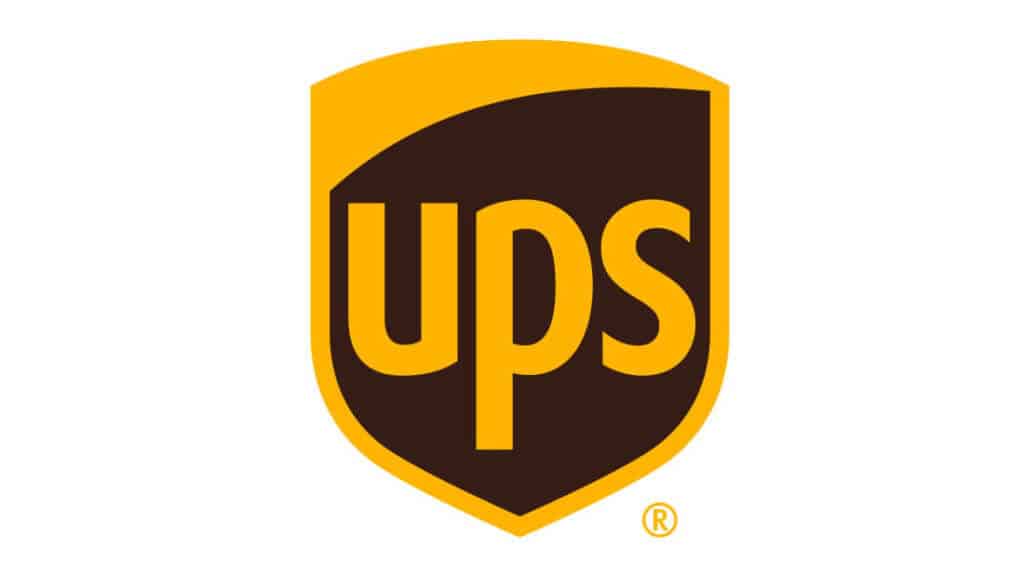
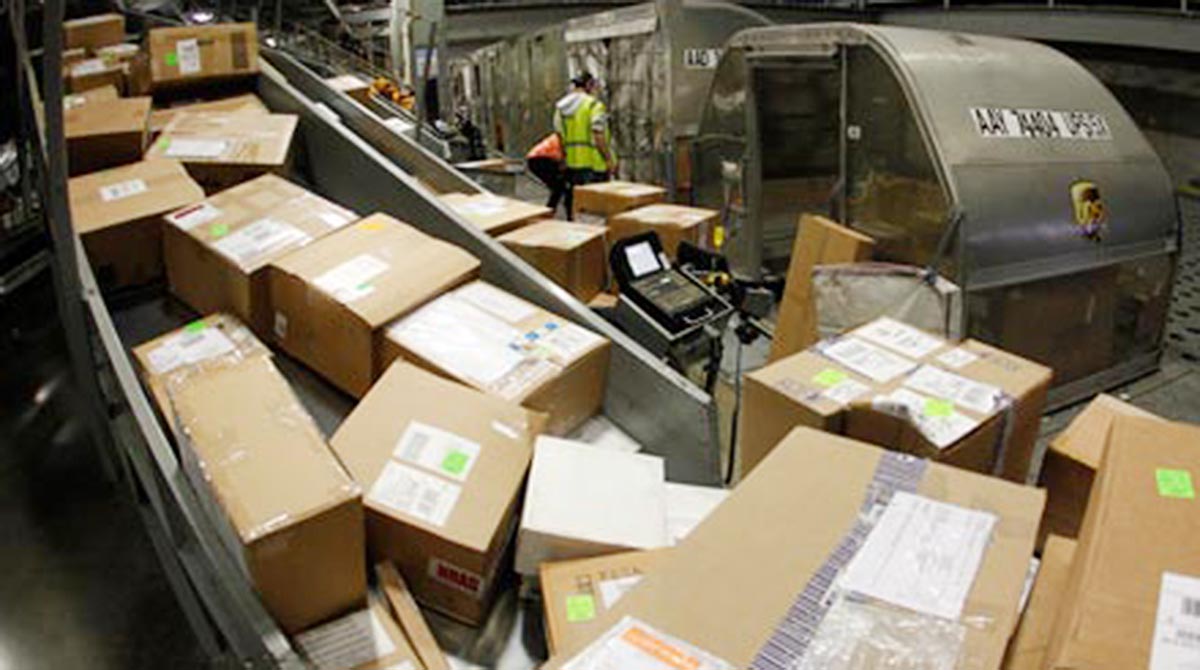
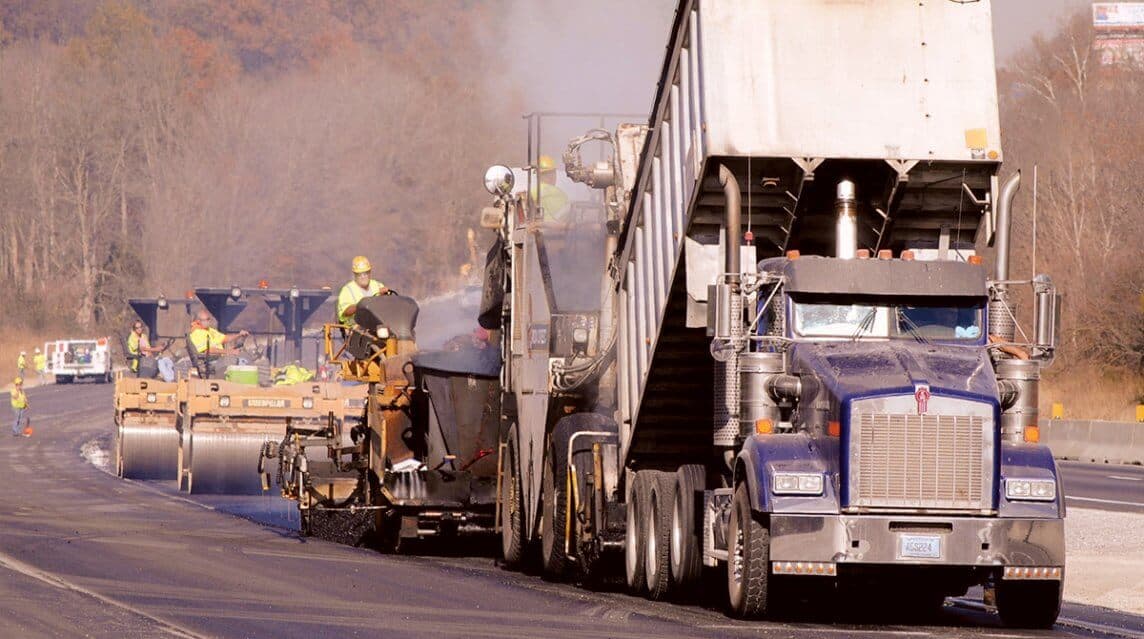
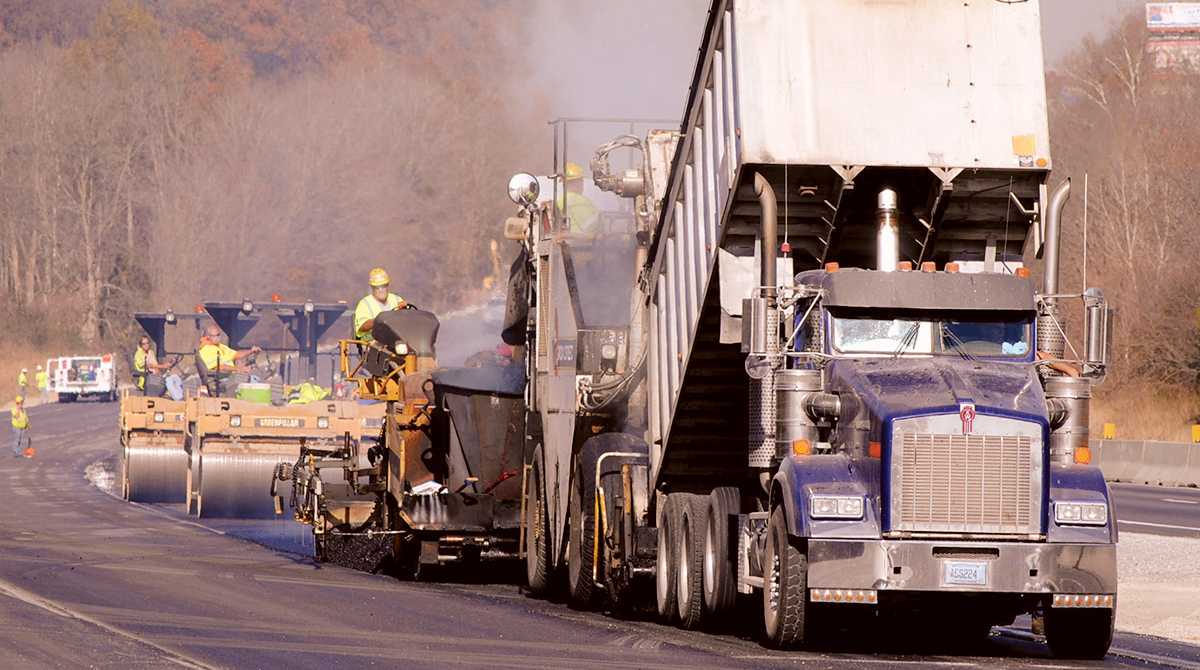 The Indiana Department of Transportation and Gov. Eric Holcomb recently announced the distribution of $99.2 million in state matching funds across local government agencies to fund infrastructure construction projects.
The Indiana Department of Transportation and Gov. Eric Holcomb recently announced the distribution of $99.2 million in state matching funds across local government agencies to fund infrastructure construction projects.